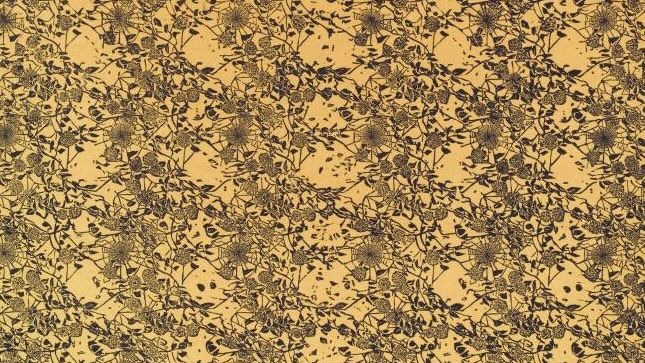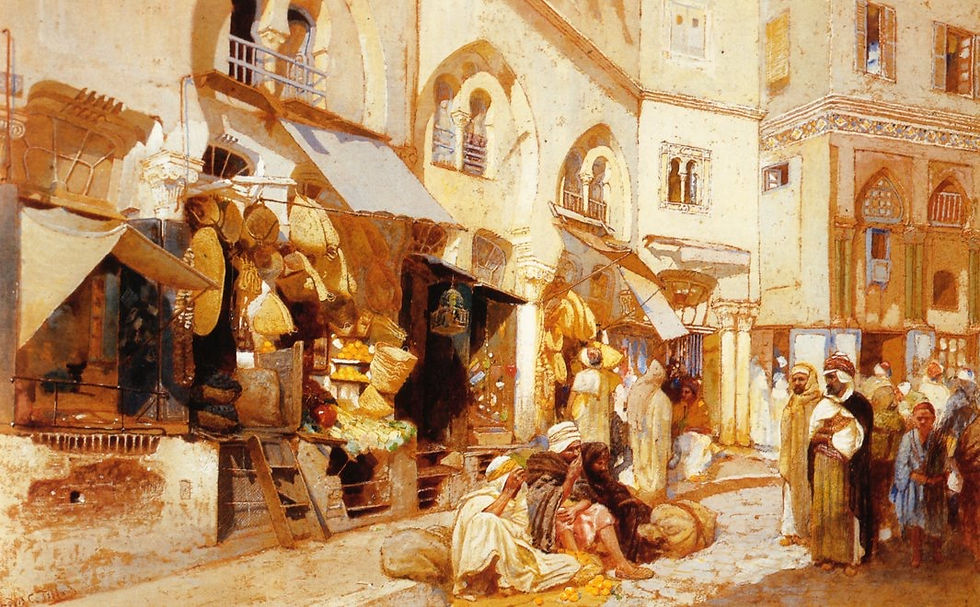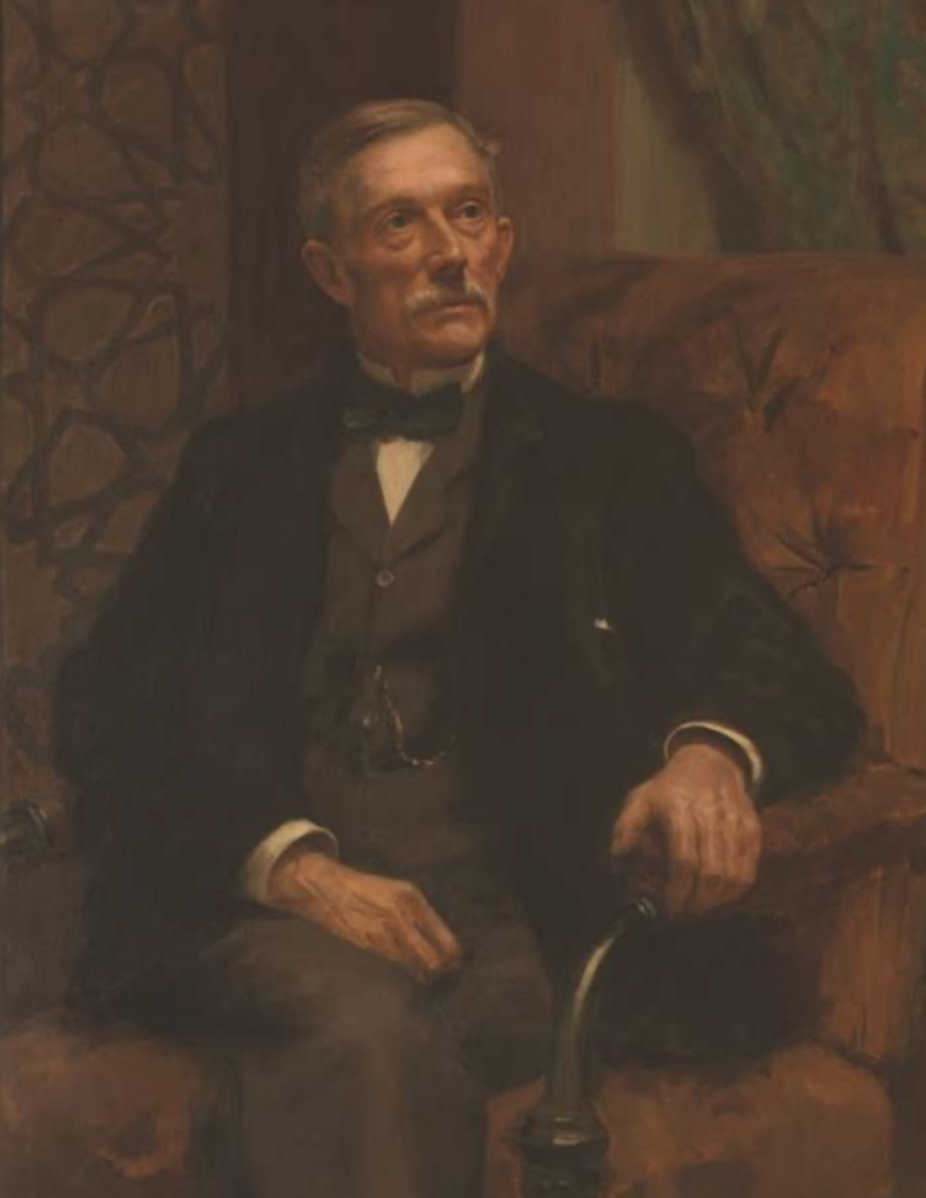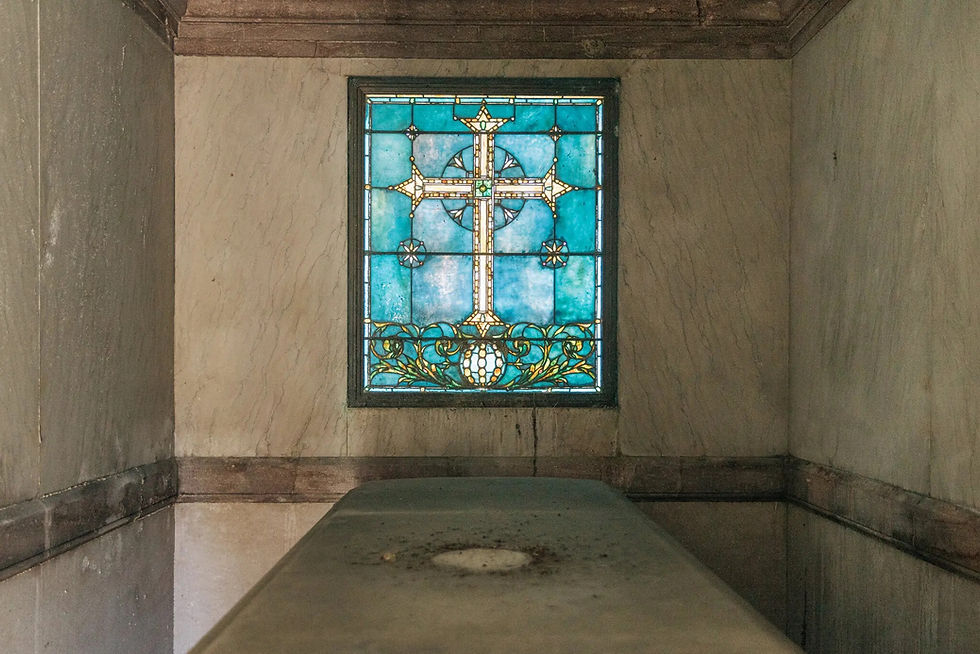
The Orientalist
- Eduardo Montes-Bradley

- Sep 14
- 4 min read
Updated: Sep 16
Louis Comfort Tiffany’s Fête: A Riot of Color and Fantasy
On a February 16, 1913, The New York Times featured on it's front page images of “Egyptian fête” held in a “riot of color.”, a birthday celebration for Louis Comfort Tiffany gathering New York’s bohemian elite for one of the most dazzling spectacles the city had ever seen.
MOST LAVISH COSTUME FETE EVER SEEN IN NEW YORK: Louis C. Tiffany’s Egyptian Pageant, Given in His Studio at 345 Madison Avenue on February 4, Was Distinctive Both for the Historical Accuracy of Its Settings and the Gorgeousness of Its Costumes, the Designers of Which Were John W. Alexander, Mrs. Edward P. Sperry, and Francis Tonett. The Staging Was Directed by J. Lindon Smith of Boston. For the Entertainment, Which Was a Combination Dramatic and Social Affair, Weeks of Preparation Had Been Necessary, and the Stage Was More Spacious Than Those of Many Theatres.
Louis Comfort Tiffany, (The Orientalists) already the leading figure of American decorative arts, transformed his Madison Avenue studio into a stage set out of Cleopatra’s world. Artists, socialites, and actors immersed themselves in a pageant that blurred the lines between theater, costume ball, and living artwork.
Guests arrived in elaborate costumes inspired by antiquity. John W. Alexander appeared as a mummy, dramatically brought to life before supper. Hedwig Reicher, the German actress, embodied the role of Cleopatra herself, while dozens of others—draped in silks, beads, and exotic robes—played priests, slaves, and courtiers in the phantasmagoria. The entire spectacle was lit with Tiffany’s own mastery of color and glass, shimmering against the painted walls and glowing lamps of his studio.
The Orientalist
The Times article underscores the extravagance of the night: dancing, music, and tableaux vivants staged with the precision of a theater production. Tiffany’s studio became, for one night, a temple of transformation. His reputation as an artist of light and fantasy found its ultimate expression in this carefully orchestrated social event.
Notable figures of New York’s artistic community attended and even took part. Sculptors, painters, and actors mingled freely, united in their admiration for Tiffany’s vision. Among them was Attilio Piccirilli, who appeared in the perfect role of a Roman centurion—a striking bit of typecasting for the sculptor who had carved some of America’s most enduring monuments. His presence symbolized the collaborative spirit of the age—sculptors, glassmakers, architects, and performers all lending their genius to a shared cultural pageant.

The fête reflected the mood of New York on the eve of modernism, when artists and patrons alike sought to reinvent ancient traditions in a new language of spectacle. Tiffany’s glass had already redefined the possibilities of light; now his social imagination extended that radiance into performance and memory.
Edward C. Moore: The Influencer
It is also important to acknowledge the possible influence of Edward C. Moore, who was the leading force behind the success of Tiffany & Company silverware in the second half of the nineteenth century. Moore, a contemporary of Louis Comfort’s father, amassed an extraordinary collection of Islamic-style objects ranging from simple engraved pieces to elaborate repoussé and enamel creations. His fascination with the East coincided with a broader wave of Islamic-inspired design that was reshaping American architecture, interiors, fine arts, and decorative arts. It seems reasonable to believe that such a world, so close to Tiffany Sr., left a mark on the young Louis Comfort. In this sense, Louis’s later travels to the Middle East might be seen not as isolated adventures but as a prolongation of an American Orientalist tradition—one he carried into a second generation, reaching its apex when, at sixty-five, he celebrated with the lavish Oriental Fête that swept New York off its feet.¹

From Fête to Film: Orientalism in the Popular Imagination
In many ways, Tiffany’s Oriental Fête of 1913 can be seen as a pioneering wave of Orientalist spectacle in America—an elite experiment that anticipated the mass-market fascination soon to follow in popular culture. Only a few years later, films such as Cleopatra (1917), The Dancer of the Nile (1923), and above all The Sheik (1921) would explode into middle-class consciousness, bringing to mainstream audiences the same fantasies of exoticism, passion, and escape that Tiffany staged for New York’s bohemia. The passionate love portrayed by Valentino’s character in The Sheik marked a sharp break from the constrictions of the Victorian period, unleashing both intense devotion and harsh criticism. Were such scenes released today, they would likely be “canceled” outright for their gender politics and Orientalist stereotypes. How early feminists viewed the roles imposed on women in these films remains an open and fascinating question—but that is perhaps a story for another chapter.
More than a century later, this remarkable night shows that Tiffany’s genius was never meant to be confined to windows and lamps. His vision extended to entire worlds of light, fantasy, and human presence—fleeting in their moment, but hard to ignore.
The publicity portrait of Tiffany from this very fête, widely reproduced in newspapers nationwide, captured him in full regalia: a bejeweled robe, a turban crowned with a jewel, and the bearing of a man staging not just a party, but a vision. That image, enhanced for clarity, will accompany the upcoming production Tiffany in the Wild, as we continue to explore the artist’s works not in galleries but in the living, breathing contexts for which they were created.
Footnotes
FISH, ELIZABETH L. KERR. “Edward C. Moore and Tiffany Islamic-Style Silver, c. 1867-1889.” Studies in the Decorative Arts, vol. 6, no. 2, 1999, pp. 42–63. JSTOR, http://www.jstor.org/stable/40662679. Accessed 15 Sept. 2025.









Comments